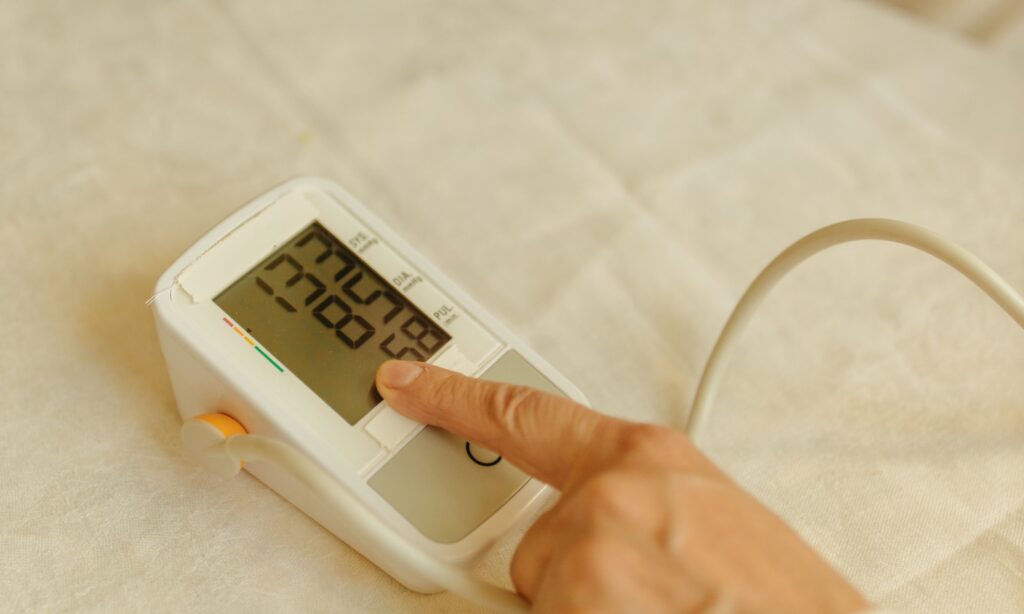The human heart is an amazing organ that works tirelessly to pump blood throughout the body. This is accomplished through a complex process involving two distinct phases, known as diastole and systole. Understanding these two phases is essential for anyone who wants to maintain good heart health.
What is Diastole?
Diastole is the phase of the cardiac cycle when the heart is at rest and filling with blood. During this phase, the ventricles (the lower chambers of the heart) relax and the blood flows into the heart from the atria (the upper chambers). The atrioventricular valves, which separate the atria and ventricles, open up and allow blood to flow through.
This phase is divided into two parts: early diastole and late diastole. In early diastole, the ventricles relax and begin to fill with blood. In late diastole, the atria contract, pushing the remaining blood into the ventricles. This is known as atrial kick and is responsible for about 20-30% of the blood that is pumped out of the heart.
What is Systole?
Systole is the phase of the cardiac cycle when the heart is contracting and pumping blood out to the rest of the body. During this phase, the ventricles contract, causing the pressure inside the chambers to increase. This increase in pressure forces the semilunar valves (which separate the ventricles from the arteries) to open up, allowing blood to flow out of the heart and into the arteries.
This phase is also divided into two parts: early systole and late systole. In early systole, the ventricles contract rapidly, causing the blood to be pushed out of the heart and into the arteries. In late systole, the ventricles continue to contract, but at a slower rate, allowing the remaining blood to be pushed out.
The Importance of Diastole and Systole
Both diastole and systole are essential for the proper functioning of the heart. During diastole, the heart is able to rest and fill up with blood, ensuring that there is enough blood available to be pumped out during systole. During systole, the heart is able to pump blood out to the rest of the body, providing oxygen and nutrients to the organs and tissues. If either diastole or systole is impaired, it can lead to a range of heart-related conditions. For example, if the heart is unable to fill up with enough blood during diastole, it can lead to a condition known as diastolic dysfunction. This can cause symptoms such as shortness of breath, fatigue, and fluid buildup in the lungs.
Similarly, if the heart is unable to pump enough blood out during systole, it can lead to a condition known as systolic dysfunction. This can cause symptoms such as fatigue, shortness of breath, and swelling in the legs and feet.
Common Heart-Related Conditions and Diastole and Systole
Both the diastolic and systolic phases of the cardiac cycle can be affected by various heart-related conditions.
During the diastolic phase, the heart is relaxed and filling with blood. If there is a problem with the heart during this phase, it may not be able to fill with blood properly, leading to conditions such as diastolic dysfunction or diastolic heart failure. These conditions occur when the heart muscle becomes stiff and less compliant, which reduces its ability to relax and fill with blood.
During the systolic phase, the heart is contracting and pumping blood out to the body. If there is a problem with the heart during this phase, it may not be able to pump blood effectively, leading to conditions such as systolic dysfunction or systolic heart failure. These conditions occur when the heart muscle becomes weakened and less able to contract and pump blood out to the body.
Coronary artery disease occurs when the coronary arteries that supply blood to the heart muscle become narrowed or blocked by a buildup of plaque, which can lead to reduced blood flow to the heart muscle. This can affect both the diastolic and systolic phases of the cardiac cycle by reducing the heart’s ability to relax and fill with blood during diastole and reducing its ability to pump blood out to the body during systole.
Heart valve disorders can also affect both phases of the cardiac cycle. The heart valves help to control the flow of blood through the heart chambers, and if they become damaged or diseased, they can impede the flow of blood into and out of the heart. This can cause problems with both diastolic and systolic function, depending on which valve is affected.
Cardiomyopathy is a group of diseases that affect the heart muscle and can lead to both diastolic and systolic dysfunction. In some cases, the heart muscle becomes thickened and stiff, reducing its ability to relax and fill with blood during diastole. In other cases, the heart muscle becomes weakened and enlarged, reducing its ability to contract and pump blood out to the body during systole.
Arrhythmias are another group of heart-related conditions that can affect both the diastolic and systolic phases of the cardiac cycle. Arrhythmias are abnormal heart rhythms that can occur when the electrical signals that control the heart’s contractions are disrupted. This can lead to problems with both diastolic and systolic function, depending on the type and severity of the arrhythmia.
In addition to the conditions mentioned above, there are other factors that can affect both the diastolic and systolic phases of the cardiac cycle. Some of these factors include:
Hypertension: High blood pressure can damage the heart and blood vessels over time, leading to both diastolic and systolic dysfunction.
Diabetes: Diabetes can increase the risk of developing heart disease and can cause damage to the blood vessels and nerves that control the heart.
Obesity: Being overweight or obese can increase the workload on the heart, leading to both diastolic and systolic dysfunction.
Smoking: Smoking can damage the blood vessels and increase the risk of developing heart disease.
Sedentary lifestyle: Lack of physical activity can increase the risk of developing heart disease and can contribute to both diastolic and systolic dysfunction.
Stress: Chronic stress can increase the risk of developing heart disease and can contribute to both diastolic and systolic dysfunction.
Age: As we age, our heart muscle may become less efficient, leading to both diastolic and systolic dysfunction.

